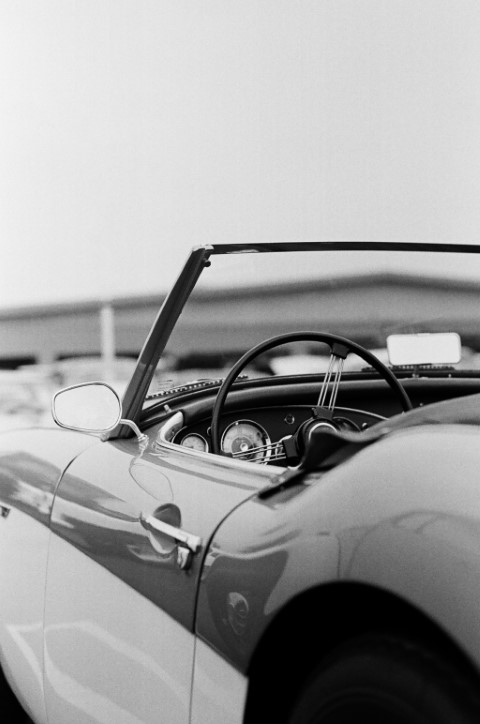 Most classic car drivers are motivated by a sense of nostalgia for the vehicles they remember from their younger days. It can be a tough reality check when the 1960s sedan you remember as being king of the road back in the day struggles to keep up with modern traffic without alarming sounds, vibrations, overheating or a combination of all three.
Most classic car drivers are motivated by a sense of nostalgia for the vehicles they remember from their younger days. It can be a tough reality check when the 1960s sedan you remember as being king of the road back in the day struggles to keep up with modern traffic without alarming sounds, vibrations, overheating or a combination of all three.
It doesn’t have to be that way. Sure, you can make dramatic upgrades like an electric conversion if you have the time, money and inclination. But anything made in the last 50 or 60 years should be more than capable of regular use that will put a smile on your face without major or dramatic changes if you are prepared to give it regular attention and perhaps a little extra fettling.
Regular servicing
Let’s start with the basics, with a modern car you need to do little more than fill the tank with gas and maybe add a little oil or coolant if a message flashes up telling you to do so. If you drive an old car you need to get into the old car mindset of weekly, monthly and six-monthly maintenance. If performance is down, it’s often down to a simple service item like a fouled or damaged spark plug or a clogged air filter.
Regularly flush the cooling system, too, as a blocked radiator or waterways leads to overheating which in turn can cause pinking, affecting acceleration and potentially leading to long-term damage.
Dose the fuel
The E10 gasoline you get at the pump today is very different to what was on the menu in 1972. Sure, any classic will run on it, but the absence of lead and the addition of ethanol will wear the valve seats and rubber components respectively over time. That’s not the huge issue some people make it out to be. After all, replacing rubber hoses with modern materials and getting hardened valve seats fitted only has to be done once.
If your classic’s engine was designed for richer fuel, however, you will notice that dreaded pinking or pre-ignition. Dosing with an octane booster when you fill up can help here, as increased octane helps to reduce detonation, meaning smoother running and better performance out on the open road.
Electronic ignition
Of all the routine maintenance tasks that go with classic car ownership, the one we all love is checking and re-gapping the points… Said nobody ever. Replacing the points and condenser with electronic ignition is a no-brainer. It’s far more efficient, maintenance-free, and it also saves you what can be a tricky task in sourcing those NOS service items these days.
An electronic ignition conversion is available for just about any classic. It will cost you between $100 and $200 and takes about 30 minutes to fit. You’ll wish you had done it years ago.
There are numerous other ways to boost performance in a classic. But start with these three basics and you are guaranteed to notice the difference and fall back in love with spending time behind the wheel.










